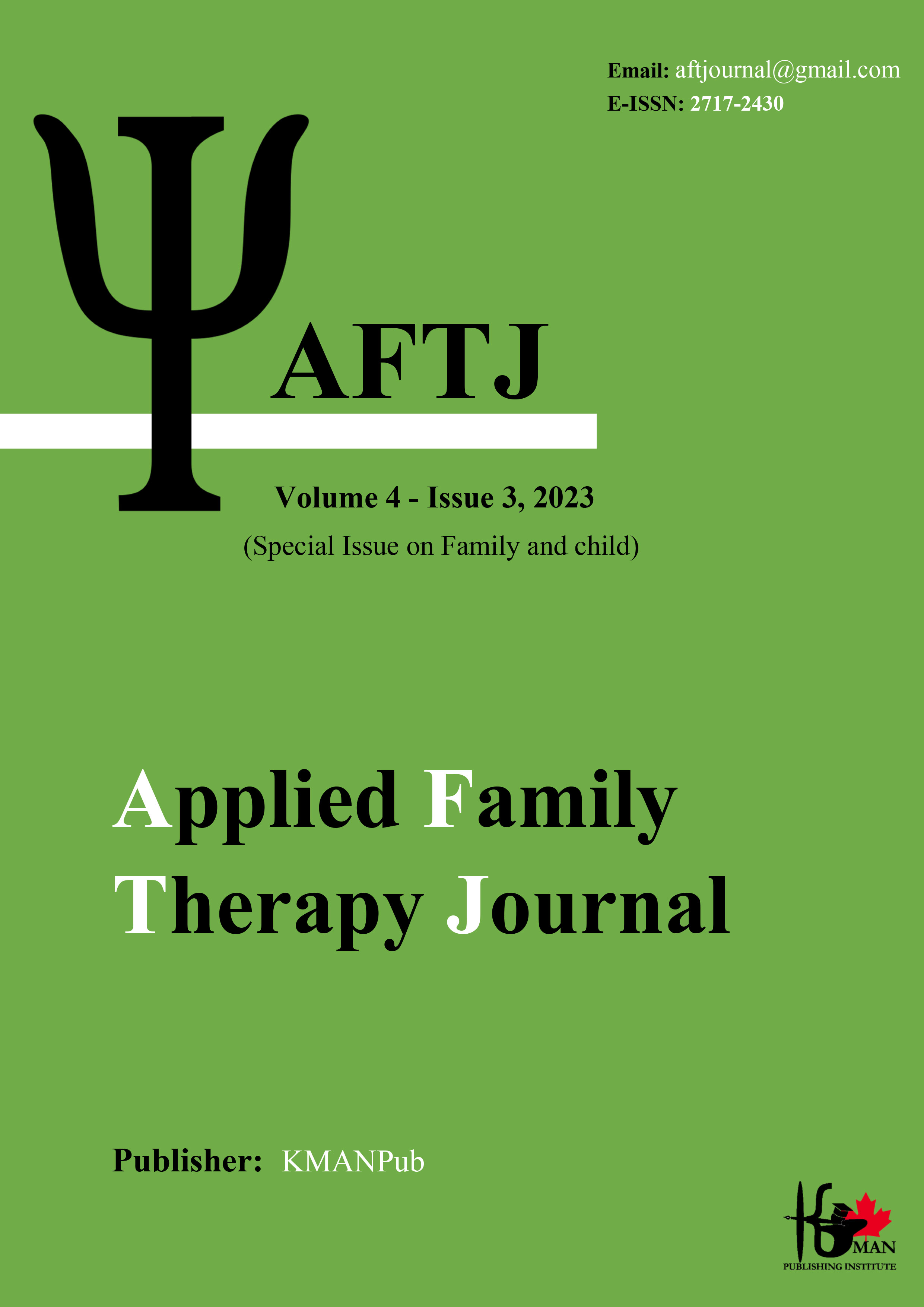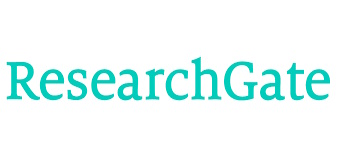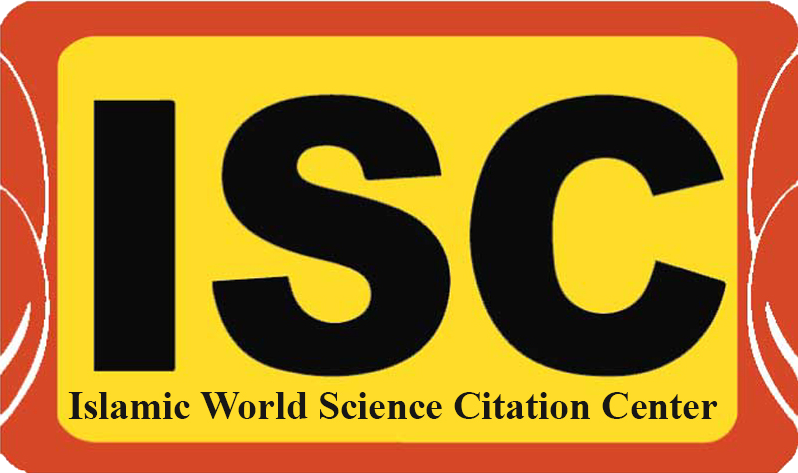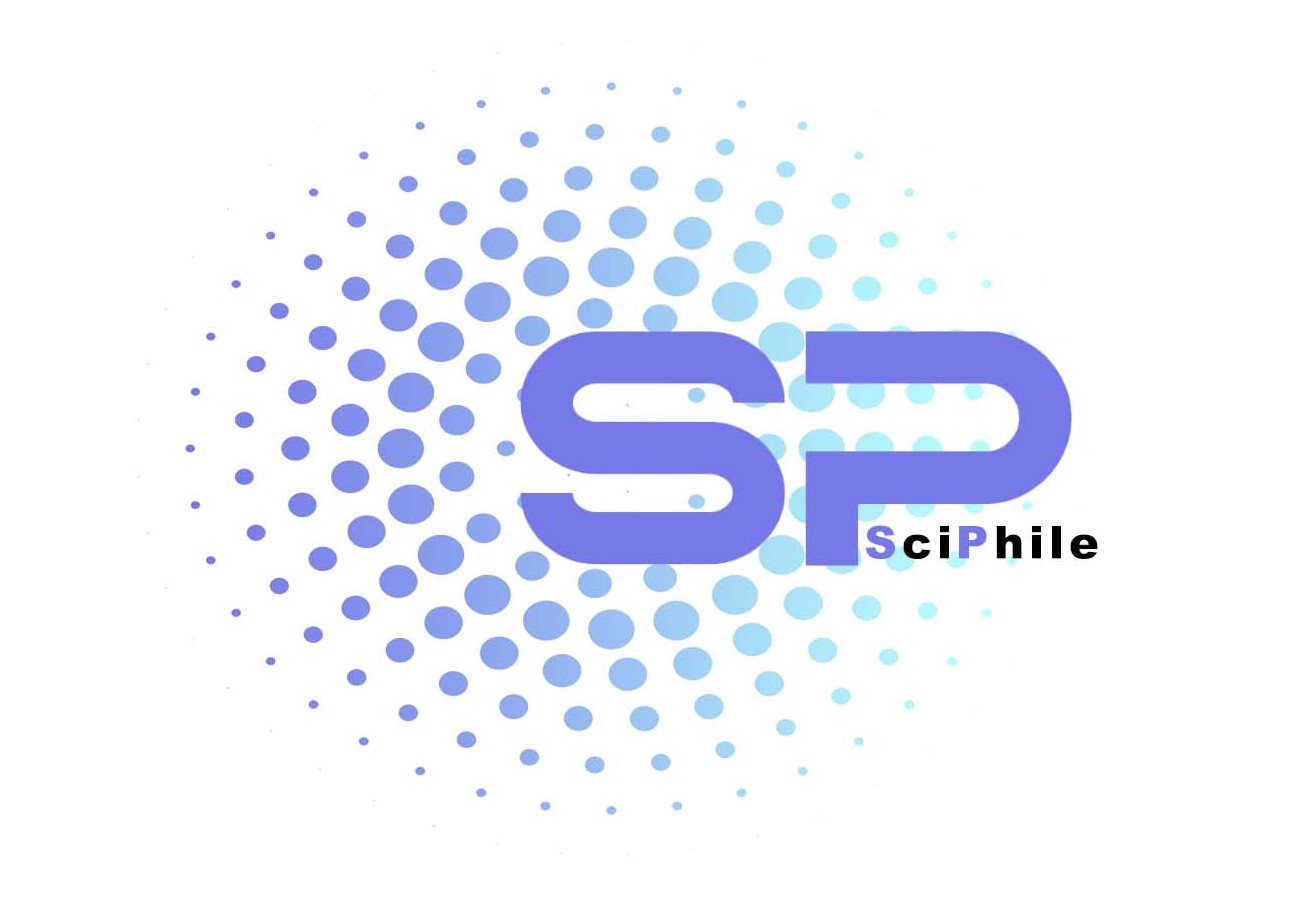The Effectiveness of Positive Psychology Education on Psychological Distress of Adolescents
Keywords:
Psychological Distress, Positive Psychology Education, Adolescents, Cultural and Arts Foundations, Shiraz city.Abstract
Aim: The main goal of this study was to investigate the effectiveness of positive psychology education on psychological distress of adolescents in shiraz city. Methods: The research method of this study was a quasi-experimental pre-test-post-test type with a control group. The statistical population of this research was consisted of all male students of Arts and cultural Foundations of Shiraz city, in the year 2022. The statistical sample of this research included 30 boys' students of Cultural and Art Foundation of Vasta in Shiraz City, who were selected by purposive sampling method and randomly placed in two experimental and control groups. The experimental group underwent twelve sessions of 90-minute positive psychology training sessions introduced by Seligman and Rashid (2006), but the control group did not receive any training. The research instruments were the Scale the Depression, Anxiety and Stress Scale questionnaire (Lovibond and Lovibond, 1995). SPSS-26 was used for statistical analysis of data. Results: The results of multivariate covariance analysis showed that the training of positive psychological abilities has been able to be significantly effective on the psychological helplessness of adolescents in Shiraz. Also, the results of this research showed that the training of positive psychological abilities had a significant effect on the components of psychological helplessness. Conclusions: Therefore, teaching positive psychological abilities can be an effective approach to reduce adolescents' psychological vulnerability and helplessness.
Downloads
Downloads
Published
Issue
Section
License

This work is licensed under a Creative Commons Attribution-NonCommercial 4.0 International License.





















